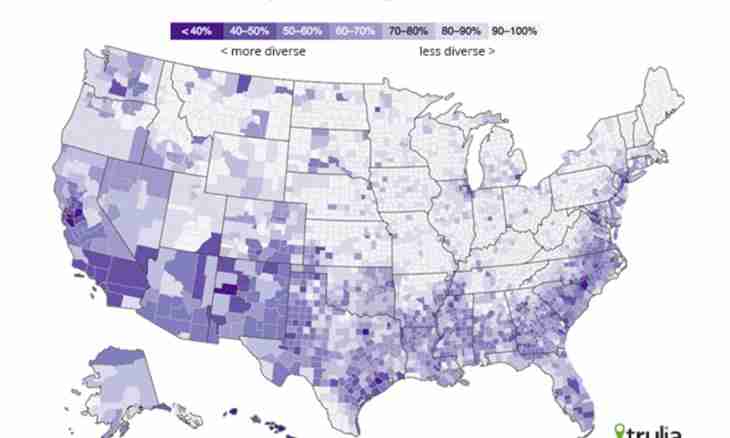According to the state statistical data of 2017 the population of Spain exceeded 46.5 million people. It is the fifth largest EU country. Population density makes 92.18 persons on 1 km². In the country the immigration problem from other European countries is relevant and also the question of low birth rate and steady aging of the population is particularly acute.
Number of Spain
During the period from XVI to the 19th centuries the birth rate in Spain was at the level of 31.3%, and mortality was 37.3%, therefore, negative gain of 0.6% was observed. For more than 3 centuries thanks to more than 3 million migrants from villages and villages the number of city dwellers increased by 1.2 million people. In 1900 by results of a census the number of Spain was 18.6 million people. In 80 years it doubled approximately and by 1980 made 37.3 million with average life expectancy of nearly 75.5 years. In only 17 years the average Spaniard began to live more than 3 longer, and country number in 1997 was nearly 40 million people. In 10 years the population increased almost by 5 million, and the average Spaniard began to live practically till 81 year.
Despite a good indicator of increase in population and steady growth of average life expectancy, an indicator of natural increase of Spain leaves much to be desired. Here such picture was observed for the last decades: in 1975 the percent of birth rate was 18.62%, and the smernost was at the level of 8.3%. Therefore, natural increase was 10.33%. And in 2016 these indicators practically evened out (8.78% and 8.79% respectively), and natural increase went to minus. The total coefficient of birth rate for these 40 with small fell years twice. Spaniards began to live for 10 years longer, but began to give birth much less, and steady recession for the last decade is observed.
More than 3/4 population are made by city dwellers. The busiest cities of Spain: Madrid, Barcelona, Valencia, Seville and Zaragoza. Three leading on populousness autonomies included Andalusia, Catalonia and Madrid.
Ethnic structure
Aboriginals of Spain are Spaniards or Castilians, Catalans, Basques and Galicians. In atonomny communities various new ethnic identities and nationalities continue to be distinguished to this day. For a long time in the country there is the Gipsy community. Active increase in population thanks to natives of the countries of Latin America, Maghreb and Eastern Europe is observed.
In Spain there is a colony of velikobritanets and natives of other Western European countries. In 2008 the staff of the University of Leeds established that 1/5 part of Spaniards have the Jewish roots, and 11% of representatives of the country of the Arab and Berber origin. 95% of residents of Spain are Catholics, and a smaller part - Protestants, Muslims or Jews.
Because of a racial and ethnic variety in Spain many mixed marriages meet. Among Spaniards there are many people and with the Arab lines, and with appearance of Celts and Visigoths, with light skin, blue eyes and a fair hair. In southern district this there are more dark-eyed brunettes with swarty skin.

